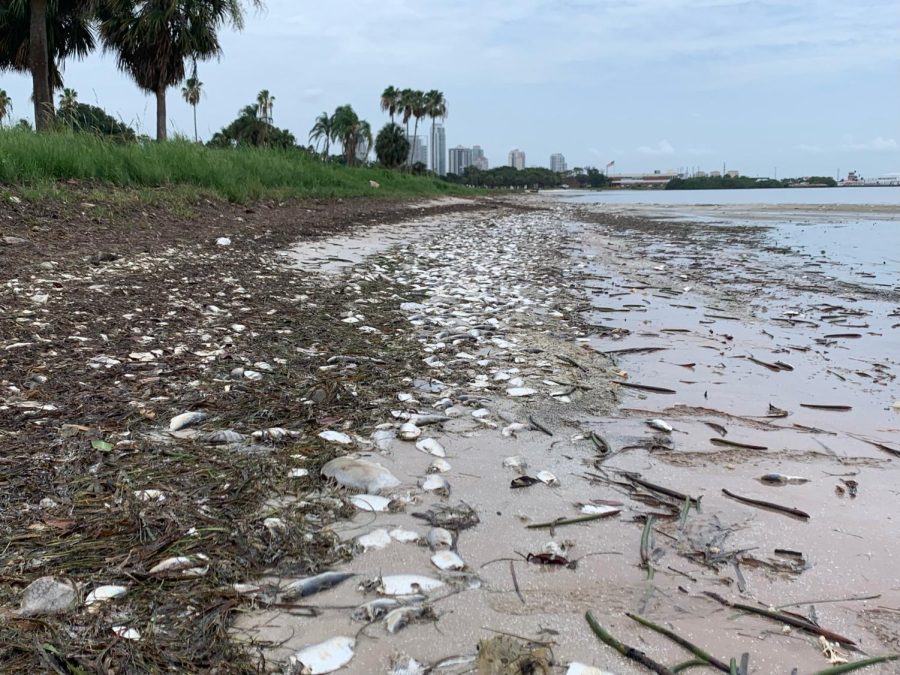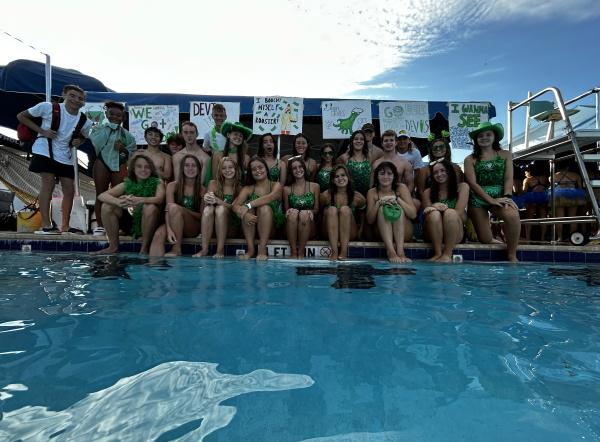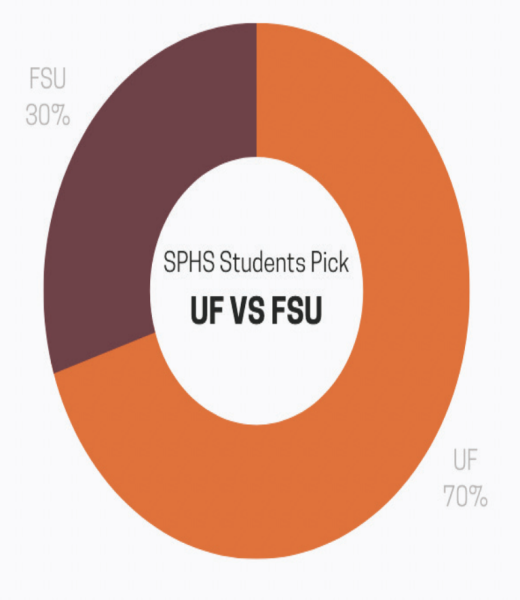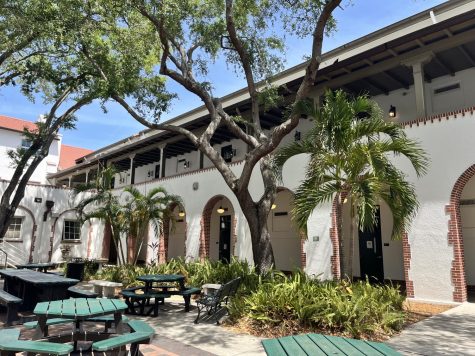A Plague Off Our Shores
Red tide is being studied extensively and can now be predicted and tracked.
If you’ve been living in Florida for any amount of time, you’ve likely experienced red tide, whether or not you know what it is. It ruins beach days and brings an awful smell, but most importantly, it kills aquatic life. Red tide is a naturally occurring algae that releases a toxin, which, in large quantities, kills many forms of ocean life. As a result of all the dead plants and animals, even more oxygen is removed from the air and water as decomposition takes its course.
This alga harms more than just what resides in the ocean. The toxin can hurt humans too. It can lead to coughs and eye irritation, and pre-existing respiratory issues only make the effects worse. In some cases, people were hospitalized due to the effects of the red tide. Scientist Grant Craig says that “although the red tide is usually a seasonal issue, it has become more and more unpredictable due to human action.”
This microalga has been documented since when the Spanish were first exploring the coast in the 1500s; however, it has increased in severity and frequency. Human waste dumped into the water, fertilizer runoff, and other pollutants feed red tide sparking large growth. “Also, hurricanes and large rain events can cause a lot of runoff to happen in a short period of time, which will introduce a large nutrient load and can make a red tide bloom much worse,” says Grant Craig.
Red tide is being studied extensively and can now be predicted and tracked. The Gulf of Mexico Coastal Ocean Observing System (GCOOS) is a red tide tracking system that produces red tide data through samples uploaded to the system. Team member Grant Craig claims that they complete much of this work partnered with the National Oceanic and Atmospheric Association (NOAA) and National Centers for Coastal Ocean Science (NCCOS). They also have equipment at select colleges that help upload data about red tide. Now, high school and college students have gotten involved as interns and volunteers for sampling and uploading.
This tracking system is additionally available to the public and is updated throughout the day when there is red tide in the area so you can decide which beach is the best choice or if it is safe to go. To access this system, simply go to habforecast.gcoos.org, and you can check your local beaches.















